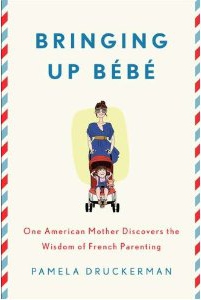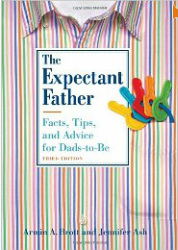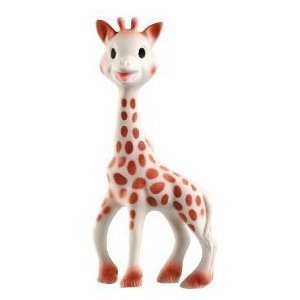I mentioned a while back that we're planning on avoiding an all out barrage of primary colours when the little one comes. With perhaps foolish optimism, we're hoping to encourage a sophisticated palette by having toys and baby items made with a variety of subtler colours. I finally decided to look into the actual feasibility of our experiment, and it turns out it might not be such a bad idea after all.
Based on studies, babies actually show interest in a wide range of colours, and are particularly interested in the contrast between multiple colours placed side by side. On the anecdotal front, I've witnessed this with my awesome nephew, Theo, who loves to look at a bee painting that hangs on his awesome parents' wall. Furthermore, babies do not seem to have any preference in terms of primary or secondary colours (so oranges, purples, and greens are in), although they generally don't respond with as much interest to browns and greys. I found it kind of cool that these studies focused primarily on "interest" as their chief indicator of preferences (it feeds into my belief that people are natural learners and only lose this tendency through cultural discouragement as life progresses.)
This colourful knowledge flies in the fact of the traditional wisdom that babies are completely colour blind when they're born and must be coaxed into the realm of sight with bright, simple hues. I'm wondering if the whole idea of "simple" colours is just an adult concept that has no real foundation in the way the undifferentiating baby brain perceives things. Anwyay, it's kind of neat to see things through the eyes of an infant, though, sadly, it's time for me to get back to adult work....
Based on studies, babies actually show interest in a wide range of colours, and are particularly interested in the contrast between multiple colours placed side by side. On the anecdotal front, I've witnessed this with my awesome nephew, Theo, who loves to look at a bee painting that hangs on his awesome parents' wall. Furthermore, babies do not seem to have any preference in terms of primary or secondary colours (so oranges, purples, and greens are in), although they generally don't respond with as much interest to browns and greys. I found it kind of cool that these studies focused primarily on "interest" as their chief indicator of preferences (it feeds into my belief that people are natural learners and only lose this tendency through cultural discouragement as life progresses.)
This colourful knowledge flies in the fact of the traditional wisdom that babies are completely colour blind when they're born and must be coaxed into the realm of sight with bright, simple hues. I'm wondering if the whole idea of "simple" colours is just an adult concept that has no real foundation in the way the undifferentiating baby brain perceives things. Anwyay, it's kind of neat to see things through the eyes of an infant, though, sadly, it's time for me to get back to adult work....

 RSS Feed
RSS Feed


